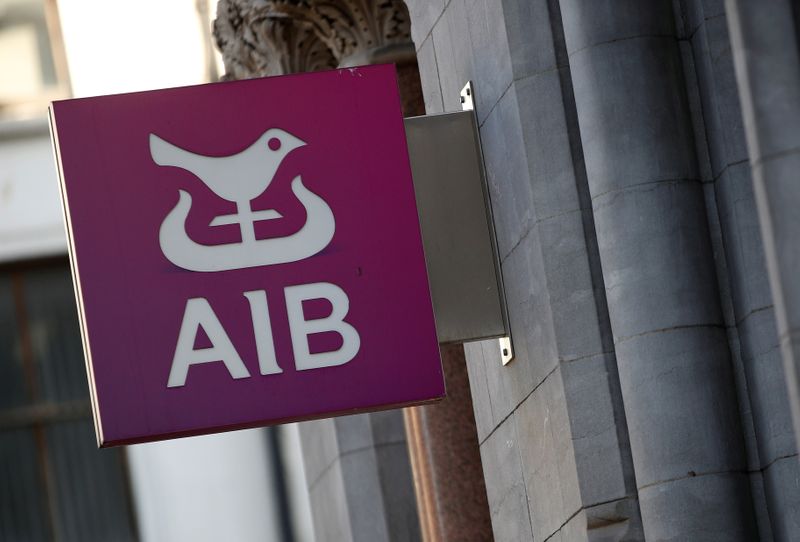This post was originally published on this site
https://i-invdn-com.akamaized.net/trkd-images/LYNXNPEG3B05R_L.jpg
Such cases have effectively more than doubled since the end of 2019, when AIB had forbearance arrangements in place for a total of 22,276 customers, its annual results published last month show.
Ireland’s five retail banks agreed last month to implement loan repayment breaks of up to three months for those affected by the near shutdown of the economy.
AIB CEO Colin Hunt told the Sunday Times in an interview that it was inevitable certain customers will require support beyond that timeframe.
The 25,000 breaks agreed by AIB, one the country’s two dominant lenders, include 15,000 mortgages and 5,000 businesses seeking breaks or working capital, Hunt said.
AIB’s main rival, Bank of Ireland (I:BIRG), was processing a similar number of applications for breaks from mortgage and business customers by the end of March, its chief executive said on April 3.
Hunt added that AIB was sticking to its medium targets announced just a week before the government started introducing a series of severe restrictions to slow the spread of the virus.
These targets include a return on equity of at least 8%, maintaining a core tier-one capital ratio of 14% or more and a reduction in staff numbers of around 1,500 to below 8,000 by the end of 2022. “They are still valid,” Hunt told the newspaper.
An economist and former policy adviser in Ireland’s finance department, Hunt said the focus of the country’s banks is “to minimize the economic damage” being wrought by the pandemic on customers and to “turbocharge the recovery with the right products” when the health crisis shows signs of abating.
“It is looking more like a U-shaped recovery. I do believe the economy will recover, but it may be well into 2021 before we are back into the position we were at the end of February,” he said.

